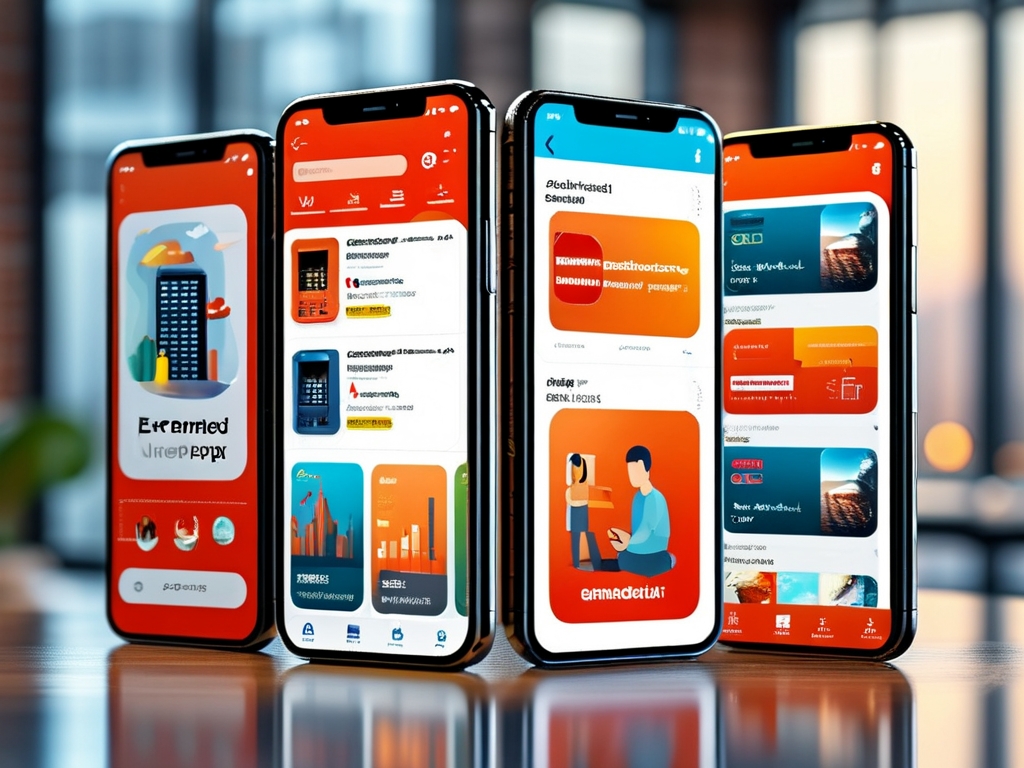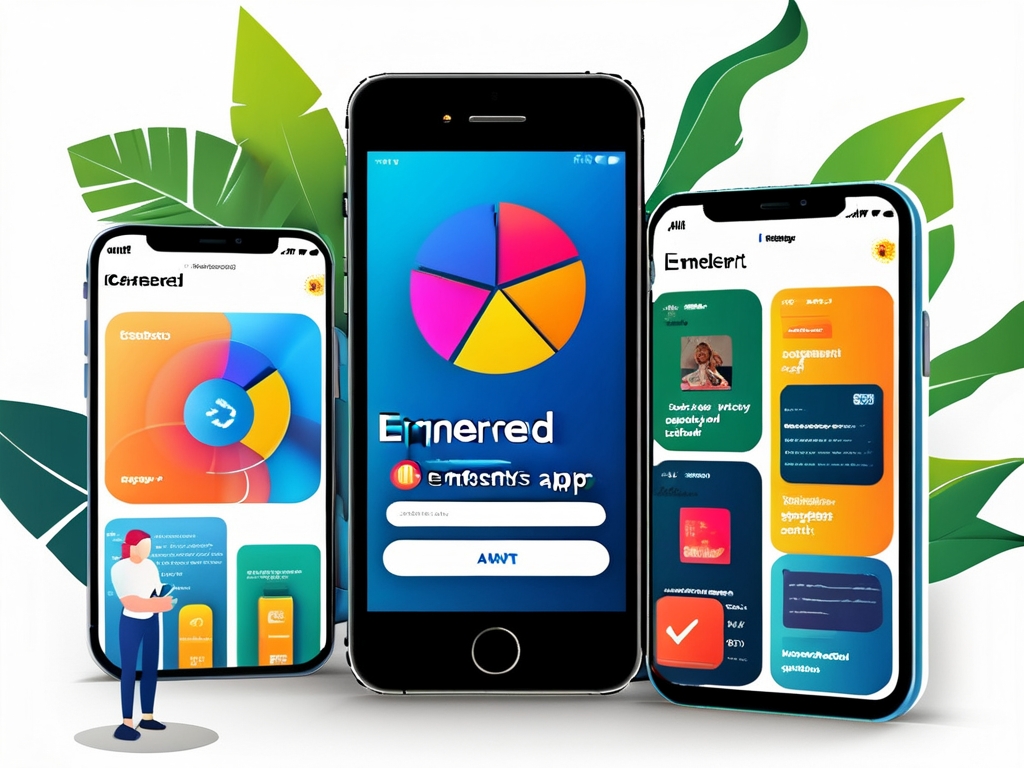Embedded app development has emerged as a cornerstone of modern technological advancement, particularly in the realm of Internet of Things (IoT) devices, industrial automation, and smart consumer electronics. Unlike traditional software development, embedded applications operate within constrained environments, requiring specialized techniques to balance performance, power efficiency, and reliability. This article explores the core technologies, challenges, and future trends shaping embedded app development.
1. The Unique Challenges of Embedded Environments
Embedded systems often operate with limited resources, such as low memory, minimal processing power, and strict energy consumption requirements. Developers must optimize code to function within these constraints while maintaining responsiveness. For instance, real-time operating systems (RTOS) like FreeRTOS or Zephyr are frequently employed to manage tasks efficiently. Additionally, hardware-software co-design becomes critical, where application logic is tightly integrated with microcontroller units (MCUs) or system-on-chips (SoCs) to maximize performance.

2. Key Technologies in Embedded App Development
a. Cross-Platform Frameworks
Tools like Qt for Embedded Systems and Microsoft’s .NET Nano Framework enable developers to create apps that run across multiple hardware architectures. These frameworks abstract hardware complexities, allowing programmers to focus on functionality. For example, Qt’s graphics engine supports touchscreen interfaces on devices ranging from medical instruments to automotive dashboards.
b. Low-Power Optimization Techniques
Power efficiency is paramount in battery-operated devices like wearables or sensors. Techniques such as dynamic voltage scaling, sleep mode configuration, and interrupt-driven programming help minimize energy consumption. ARM’s Cortex-M series processors exemplify this approach, offering ultra-low-power modes without sacrificing computational capability.
c. Real-Time Capabilities
Applications in industrial automation or autonomous systems demand deterministic behavior. RTOS schedulers prioritize tasks based on urgency, ensuring critical operations (e.g., sensor data processing) execute without delay. The Xenomai framework, integrated with Linux, is widely used for hard real-time requirements in robotics.
3. Security in Embedded Applications
As connected devices proliferate, vulnerabilities in embedded apps pose significant risks. Secure boot mechanisms, encrypted communication protocols (e.g., TLS/SSL), and hardware-based Trusted Execution Environments (TEEs) are essential safeguards. For example, ARM TrustZone isolates sensitive processes like firmware updates from less secure operations.
4. Testing and Debugging Tools
Embedded debugging requires specialized tools due to the lack of standard interfaces. JTAG probes and SWD (Serial Wire Debug) interfaces allow developers to inspect code execution on physical hardware. Simulators like QEMU emulate target environments during early development phases, while static code analyzers (e.g., Klocwork) identify memory leaks or race conditions.
5. Case Study: Smart Home Ecosystem
Consider a smart thermostat using embedded app technology. The device integrates temperature sensors, Wi-Fi connectivity, and a user interface. Developers must ensure seamless communication with cloud servers while maintaining local control during network outages. Over-the-air (OTA) updates further complicate the process, requiring robust rollback mechanisms to prevent firmware corruption.
6. The Role of AI in Embedded Systems
Machine learning models are increasingly deployed on edge devices. TensorFlow Lite for Microcontrollers enables image recognition or predictive maintenance algorithms to run on resource-constrained hardware. For instance, a factory robot using embedded AI can detect equipment anomalies without relying on cloud servers, reducing latency and bandwidth costs.
7. Future Trends
a. Heterogeneous Computing
Combining CPUs, GPUs, and AI accelerators (e.g., NPUs) within a single chip will enhance embedded app capabilities. NVIDIA’s Jetson platform demonstrates this trend, enabling complex computer vision tasks in drones and robotics.

b. 5G Integration
Ultra-low-latency 5G networks will empower embedded apps in telemedicine and autonomous vehicles, enabling real-time data processing at unprecedented speeds.
c. Modular Development Practices
Platforms like PlatformIO and Arduino Cloud are democratizing embedded development, allowing hobbyists and enterprises alike to prototype rapidly using reusable code libraries.
Embedded app development sits at the intersection of hardware innovation and software precision. As IoT ecosystems expand and edge computing gains momentum, mastering these technologies will be vital for creating scalable, secure, and efficient solutions. By embracing cross-platform tools, energy-efficient design, and emerging trends like embedded AI, developers can unlock new possibilities in this dynamic field.









